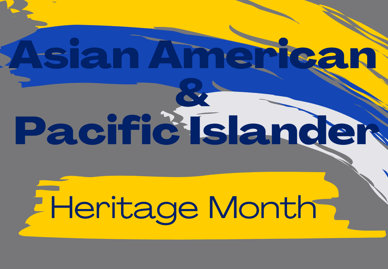Jamy Haughey is the Director of Diversity, Equity, and Inclusion at Sanford School. She also teaches Upper School math and science courses.
 Growing up in a predominantly white community in suburban South Jersey, there were not many people who looked like me, nor were there many ways in which I saw myself reflected either through the curriculum that my teachers used or within the media that I was exposed to. Not seeing myself reflected in my daily life left me with a yearning for belonging; I wanted to be seen, heard, and valued. One of the first times when I meaningfully saw myself was in English class during my junior year when I read The Joy Luck Club by Amy Tan. Despite not being Chinese American, there were many instances throughout the book where I saw mirrors of my own experience growing up as a first-generation Filipino American, and I was able to relate to the daughters’ search for identity in a world between cultures. It was then that I realized how impactful it was to see my own story and struggles as an Asian American written in pages before me. Seeing myself represented in that story made me feel a sense of belonging in an incredibly significant way. I felt seen.
Growing up in a predominantly white community in suburban South Jersey, there were not many people who looked like me, nor were there many ways in which I saw myself reflected either through the curriculum that my teachers used or within the media that I was exposed to. Not seeing myself reflected in my daily life left me with a yearning for belonging; I wanted to be seen, heard, and valued. One of the first times when I meaningfully saw myself was in English class during my junior year when I read The Joy Luck Club by Amy Tan. Despite not being Chinese American, there were many instances throughout the book where I saw mirrors of my own experience growing up as a first-generation Filipino American, and I was able to relate to the daughters’ search for identity in a world between cultures. It was then that I realized how impactful it was to see my own story and struggles as an Asian American written in pages before me. Seeing myself represented in that story made me feel a sense of belonging in an incredibly significant way. I felt seen.
The Importance of Representation
The Asian American and Pacific Islander (AAPI) community is vast, consisting of people from the:
- Continent of Asia
- Pacific Islands (Melanesia, Micronesia, and Polynesia).
The diversity of our people pales in comparison to the differences in our experiences. There is not one single story that describes the AAPI experience, and in order to be accurately representative, the voices amplified and stories shared should consist of a variety of ethnic and cultural identities. It should be as diverse as the people who make up the AAPI community. Oftentimes, one monolithic story, the model minority myth, is what is used to describe the AAPI experience.
The Dangers of the Model Minority Myth
The model minority myth is as pervasive and dangerous as it is seemingly innocuous. It perpetuates the narrative that Asian Americans are highly academic and successful in STEM fields or medical professions. While some may question why a positive stereotype could be harmful to a group of people, the model minority myth:
- Erases the individual experiences of members of the AAPI community
- Distills each individual to have one single story
- Minimizes and makes invisible the pressures and problems faced by the people who do not meet the expectations of the model minority myth.
This myth perpetuates racial injustice, as it maintains the idea that a group only needs to “pull up their bootstraps” and work harder to find success, erasing the systemic and racial injustices that provide barriers for marginalized groups.
Celebrating the AAPI Community
As a people, we make up a vast collection of experiences and stories.
- We are individuals.
- We are artists, educators, dancers, healthcare workers, scientists, and creatives.
- We are many things.
As May comes to a close, and as we continue to celebrate the AAPI community during AAPI Heritage Month and beyond, let us remember the richness in culture and diversity that the AAPI community consists of and work to dismantle the model minority myth.








